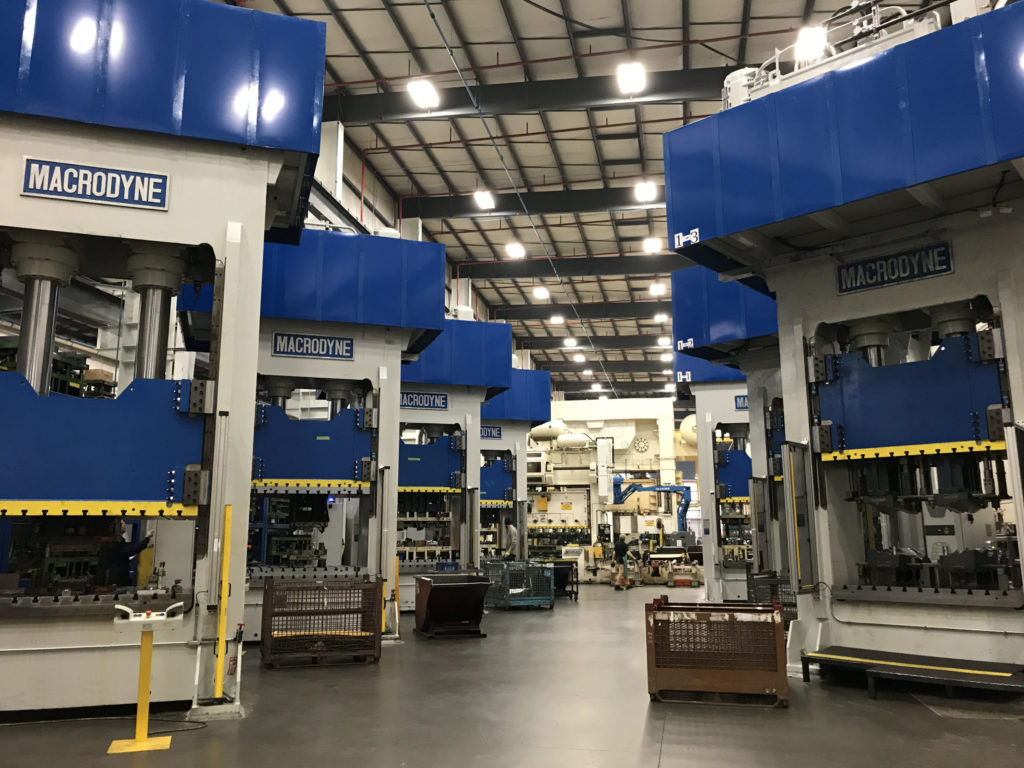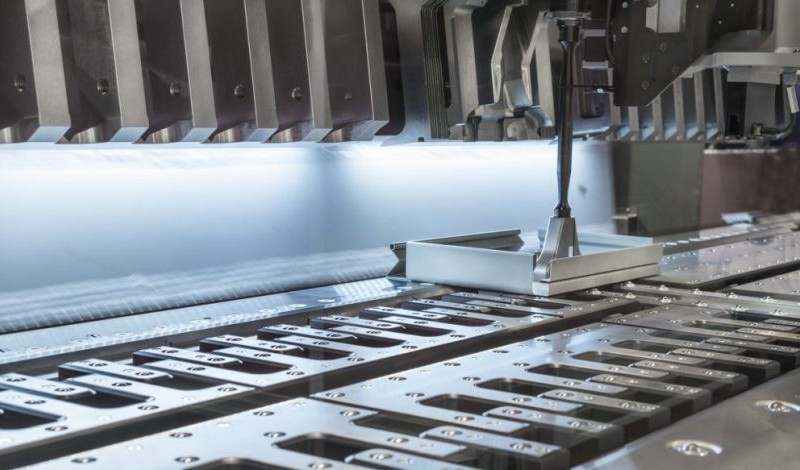Steel Marking Advancements: Elevating Production Processes for Superior Results
In the world of making processes, steel marking has long been a keystone technique for generating a variety of precision elements. Nonetheless, with the unrelenting march of technical development, the landscape of steel marking is going through a significant change. Technologies in this field are not just enhancing the performance and quality of manufacturing however are also leading the method for new opportunities that were formerly past reach. As the sector embraces these advanced developments, a redefinition of what is possible in production is underway, promising superior outcomes and establishing new requirements for excellence in the field.
Evolution of Steel Marking Techniques

In addition, advancements in product scientific research have brought about the growth of high-strength alloys that can currently be effortlessly marked into complex forms, catering to a wider range of commercial applications. The integration of robotics and fabricated intelligence has actually even more optimized the marking process by boosting rate and accuracy while minimizing the risk of human mistake.

Impact of Advanced Products
Have advanced products transformed steel stamping procedures considerably in the manufacturing market? By using materials such as high-strength alloys, progressed compounds, and innovative layers, steel marking processes can currently produce components that are lighter, more powerful, and much more sturdy than ever in the past.
These advanced materials provide premium mechanical residential or commercial properties, rust resistance, and thermal stability, allowing suppliers to fulfill the demands of contemporary sectors such as aerospace, auto, and electronic devices. Additionally, making use of innovative materials in metal marking has helped with the production of intricate geometries and elaborate styles that were formerly unattainable via typical techniques.
Additionally, the execution of sophisticated products has actually resulted in reduced material waste, lower production prices, and much shorter preparations, making steel stamping procedures more economical and sustainable. As innovation proceeds to advancement, the influence of advanced products on metal marking processes is expected to drive further development and improve the competition of makers in the international market.
Automation in Metal Stamping
The evolution of steel stamping procedures driven by the assimilation of sophisticated materials has set the stage for significant developments in automation within the production market. Automation in metal marking has actually changed manufacturing processes, enhancing efficiency, precision, and general output high quality. With the utilization of robotics, sensing units, and computer-controlled systems, jobs that were when manual and lengthy can currently be performed with unmatched speed and accuracy.
Automation in metal marking not only speeds up manufacturing rates but likewise guarantees consistency in the manufacturing process. By lessening human treatment, the danger of mistakes is considerably minimized, causing higher degrees of item uniformity and reliability. In addition, automation enables producers to carry out intricate stamping tasks that would certainly be difficult or impractical to attain manually.
Moreover, automation in steel stamping adds to a much safer working atmosphere by lowering the demand for workers to participate in repeated or unsafe jobs - Metal Stamping. This change towards automation not only boosts performance yet additionally leads the way for the future of production, where technology plays a main duty in driving operational excellence
Quality Assurance and Assessment Systems
With a focus on accuracy and dependability, top quality control and evaluation systems play a critical duty in making sure product excellence in metal marking processes. These systems are designed to check every stage of manufacturing, from product inspection to the last item, to assure that all parts fulfill the called for requirements. By executing sophisticated modern technologies such as optical assessment systems, coordinate determining devices (CMM), and automated assessing devices, suppliers can discover even the smallest variances in see this measurements, surface area quality, and total stability of stamped parts.

Sustainability Practices in Metal Stamping
Building upon the structure of precision and integrity established through quality assurance and assessment systems, the integration of lasting practices in steel marking processes is progressively becoming a prime focus for manufacturers looking for to minimize ecological effect and enhance resource usage. Sustainability practices in metal stamping incorporate an array of efforts intended at reducing waste generation, power consumption, and greenhouse gas discharges throughout the manufacturing procedure.
One secret facet of sustainability in metal marking is the fostering of environment-friendly materials and modern technologies that promote recyclability and waste decrease. By making use of recycled products and executing energy-efficient machinery, manufacturers can reduce their carbon footprint and contribute to an extra sustainable production cycle. Furthermore, optimizing production procedures to minimize material waste and power usage not just benefits the setting however likewise brings about set you back savings for services in the future.
Furthermore, the execution of sustainable methods in metal stamping can enhance brand name credibility and appeal to ecologically mindful customers. As sustainability continues to acquire relevance in the manufacturing industry, integrating eco-friendly campaigns into steel marking processes is vital for long-term success and competitiveness out there.
Verdict
To conclude, metal marking techniques have dramatically evolved gradually, including sophisticated materials and automation to index boost producing processes. Quality assurance and inspection systems play a vital duty in making certain exceptional outcomes, while sustainability practices are significantly being implemented to lower ecological influence. These advancements in steel marking have revolutionized the industry, bring about a lot more efficient and lasting production approaches for numerous markets.
Metal stamping, as soon as a guidebook find here and labor-intensive procedure, has actually changed into an extremely automated and innovative approach of shaping metal sheets into numerous forms and layouts.Have advanced materials transformed metal stamping procedures dramatically in the manufacturing market? By making use of materials such as high-strength alloys, advanced compounds, and cutting-edge finishings, steel marking procedures can now generate elements that are lighter, more powerful, and much more long lasting than ever in the past.
The advancement of steel stamping processes driven by the integration of sophisticated materials has established the stage for considerable developments in automation within the manufacturing sector.In conclusion, steel marking techniques have significantly advanced over time, integrating advanced products and automation to enhance manufacturing procedures.